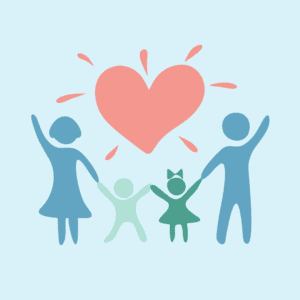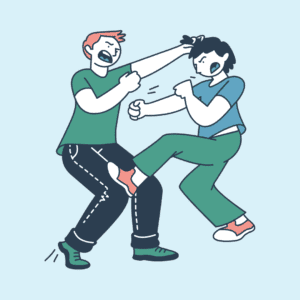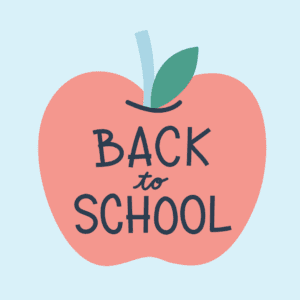Student observations were regularly a part of my day as a school psychologist. For special education evaluations, I observed students in multiple settings. I tried to understand that student in-depth and give meaningful strategies. These observations also became invaluable for counseling and behavior support referrals.
There were also concerns about students who weren't on the radar for special education services. Friendship drama, annoying behaviors, sudden anxiety, non-compliance. You know the list. Many teachers are great about giving details about a student's struggles, and you could devise a plan without stepping into the classroom.
However, when I started regularly incorporating classroom observations after a teacher referral, it helped me create effective and well-received interventions because they fit the classroom and a student.
Redirect those teachers who exclaim, "I'm so glad I saw you," in the hallway to complete a referral form.
Essential Elements in a Classroom
Usually, it's easier to change something about a classroom than how a student behaves. There are crucial elements that should be present in any classroom. When these are missing, it can cause issues that have nothing to do with the students. Grab this Free Classroom Observation Checklist to make notes about possible classroom
Before an Observation
Consider the following:
- What is the target behavior?
- When are you most likely to see the target behavior?
- How will you get a baseline for typical behavior in the classroom?
- What else do you want to know about the classroom or student?
Tailor your observation forms to the referral concern. For example, you receive a referral for low work completion and inattention. For this specific concern, you might want to note: time on task (compared to classmates), how much work they completed, what's happening in the room, the material difficulty, the time of day, who is involved.
This will give you a complete picture of the concern and good baseline data for any intervention.
Use the Right Tools
I mentioned making your observations specific to the referral concern. To do this, you have to collect the correct data. For example, if a student is slow to start a task, you want to know how many seconds it takes them to begin after a direction is given. You might do some time sampling if a student is frequently on and off task. So, every 30 seconds, you note if the student is doing what is expected.
You can also compare the student to their peers. Every classroom is different so it is useful to understand the normal or expected behaviors.
Collect data specific to the behavior, rather than a running record of what is happening in the room. The above might sound overly technical, but once you have a few tools in your toolbox, this type of data collection is so efficient.
Analyze Data
After an observation:
- Look at your data.
- Consider the target behavior and quantify how the student and their peers are doing and the gap between them.
- Write a summary of what you observed, including how the environment may be helping or not helping the student.
Develop a plan
What kind of intervention would close the gap between the student and their peers? Is the student missing skills? Do they lack motivation? Does your data agree with the teacher's concern? What does the teacher need to support the student? A teacher may have wanted you to see the student for counseling, but your data shows that in-class support is likely more effective. With data, you can feel confident to do what you think is best for the student. Use your observation data to build a plan to support the student best and answer the teacher's concerns.





